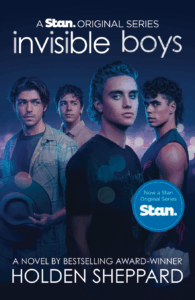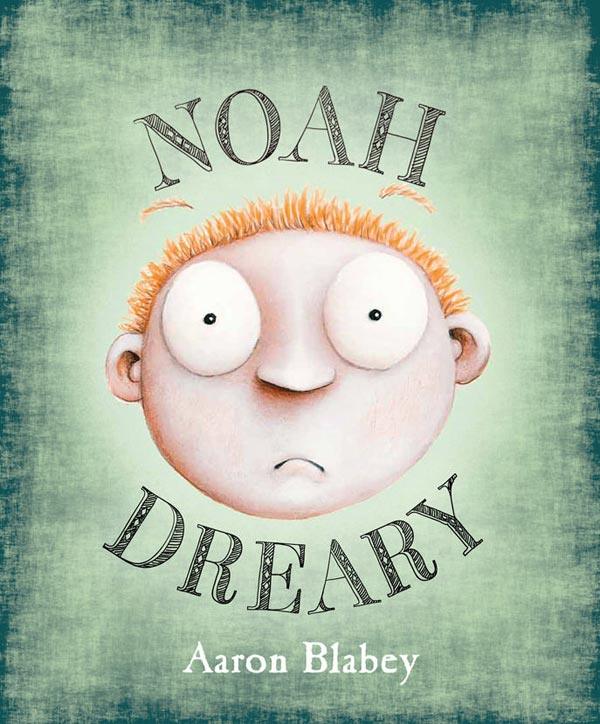Holden Sheppard, Invisible Boys, Fremantle Press, January 2025, 344 pp., RRP $22.99 (pbk), ISBN 9781760994716
Invisible Boys by Holden Sheppard was originally released in 2019, and this current edition coincides with the launch of a television adaptation now streaming on the Stan network. It has been the winner of the Western Australian Premier’s Book Award, the Kathleen Mitchell Award, the City of Fremantle T.A.G. Hungerford Award and the Ray Koppe Residency Award. It was also a CBCA Notable and shortlisted for several other literary awards and prizes.
The book follows the story of three young men growing up in Geraldton, Western Australia, each struggling with identity and sexuality in their small hometown. All three boys attend the same local Catholic school, further complicating their personal journeys.
We first meet Charlie, a punk rocker introduced to grunge music by his father, who bought him his first guitar during childhood. Unfortunately, Charlie no longer lives with his father and instead shares a home with his mother and stepfather, both deeply depressed and neglectful. Charlie, the frontman of a local covers band called Acid Rose, spends significant amounts of time alone when not with his bandmates or at school.
Next, we meet Zeke, an academic student overshadowed by his popular and attractive older brother. Coming from a traditional Italian family, Zeke faces immense pressure to excel academically and feels inadequate in comparison to his sibling.
The third character, Hammer, is the star of the school’s football team, dreaming of a professional AFL football career while simultaneously bullying classmates and boosting his already oversized ego by dating the most popular girls in school.
A fourth character, whose identity remains unknown to readers throughout much of the story, shares their struggles anonymously through a series of letters, revealing their internal conflicts regarding identity, sexuality, and suicidal thoughts.
Structured in chapters narrated alternately by each character, the novel provides insights into their inner thoughts, feelings, and family backgrounds. Given their shared school and year level, their stories naturally intersect and overlap. The small-town setting of Geraldton exacerbates their struggles, as everyone knows each other and young men face rigid expectations. Attending a Catholic school further compounds their difficulties, as the institution does not accept homosexuality, making it even more challenging for the boys to openly discuss or reveal their sexual orientations to family and friends.
Addressing themes of adolescence, identity, and sexuality is crucial for young adult readers, and Invisible Boys offers a realistic portrayal of the emotional turmoil faced by these characters. However, its realistic approach includes explicit language and detailed descriptions of sexual acts, which some may believe inappropriate for a book aimed at young adults. While likely not shocking to young adult readers, such explicit content could be problematic in certain school library contexts. I recommend this book for school library collections only for students in Year 10 and above. Additionally, I strongly suggest that teachers or teacher librarians read the entire book before deciding on its suitability for their specific school community.
Despite these cautions, I strongly recommend this book’s inclusion in any collection intended to support young people’s development. It is vital that young adults have opportunities to see their experiences and struggles reflected authentically in literature, and equally important that they develop empathy and a deeper understanding of the perspectives and experiences of peers, family members, and friends.
Reviewed by Kay Oddone
Read our 2019 review by Liz Derouet here





